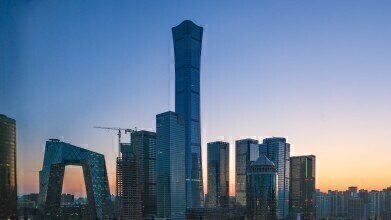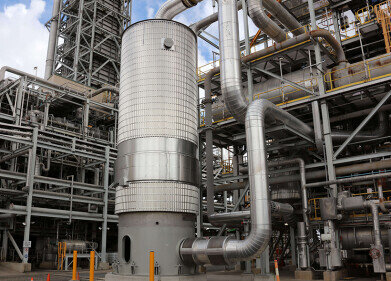Air Clean Up
Beijing Issues First Ever Red Alert for Air Quality
Dec 13 2015
This week Beijing announced that the air quality levels in the city had become so hazardous to health that a ‘red alert’ was being put into practice. This ensured that cars with odd and even numbered plates would be side-lined on alternate days, nurseries and schools were closed and construction and industry was curbed.
The alert lasted from Tuesday 8th December until the following Thursday, by which time air quality levels had improved and the city could return to the previous level of orange.
An Unwelcome Milestone
As the first ever red alert in the Chinese capital, the announcement came as an unwelcome reminder that air quality in the country remains at an unacceptable level. Despite enduring a reputation as one of the most polluted cities in the world over the last decade or so, Beijing had stubbornly refused to address the problem until recent years.
Indeed, the Chinese government as a whole has been guilty of the same transgression. In 2011, it was revealed that Chinese power plants emit as much NOx as all the passenger cars in the world, and in the early part of the millennium, 16 of the top 20 polluted cities in the world were found in China.
Steps in the Right Direction
Since then, the government has made a concerted effort to rectify the problem. Significant investment has been poured into the issue (in fact, China now spends more than any other nation on attempting to improve its poor air quality) and key resolutions were agreed upon at the Paris Climate Change Summit which took place over the last two weeks.
Over the next three years, China has pledged to close some (but, crucially, not all) of its coal-fired power plants, which are the biggest contributors of harmful emissions. Unfortunately, they are also the biggest energy source in the country. In an attempt to address the situation, the Chinese have promised that emissions will reach their peak by 2030, and that 20% of their energy needs will be provided through renewable energy by the same year.
Of course, these are all positive signs. However, the fact that the capital city – home to around 21 million people – effectively had to shut down during the week reveals that there is much work to be done and that more measures are needed. Though the smog did dissipate within the following three days, there is debate over whether this was due to the red alert and the accompanying bans and closures, or simply due to northerly winds which blew the pollution clear.
India Faces its Own Problems
Though the red alert is undoubtedly concerning, it at least demonstrates that the Chinese are willing to tackle the problem. India has since taken China’s place as the most polluted country worldwide, with 13 of the 20 most polluted cities. New Delhi has air which is almost five times more polluted than Beijing, yet no preventative measures will be introduced until January 1st – if at all.
The government initially announced a similar traffic curbing plan of alternating number plates as Beijing to be initiated in the new year, but concerns raised by the police force about the practicality of enforcing the measure (not to mention the capability of Delhi’s already strained public transport infrastructure in picking up the slack) have cooled enthusiasm for the idea.
In any case, it’s clear that both India and China have a lot of work to do in cleaning up their air supply – but whereas the latter are at least acknowledging the problem and taking steps to address it, the Indian authorities are merely making the right sounds without (as yet) following through with action.
Events
May 05 2024 Seville, Spain
May 13 2024 Munich, Germany
May 23 2024 Beijing, China
May 23 2024 Beijing, China
Jun 10 2024 Algiers, Algeria














